Promenade Samuel-de Champlain is a riverside boulevard championing urban green
Promenade Samuel-de Champlain in Quebec gives the city’s river back to its community, transforming a previously neglected urban space
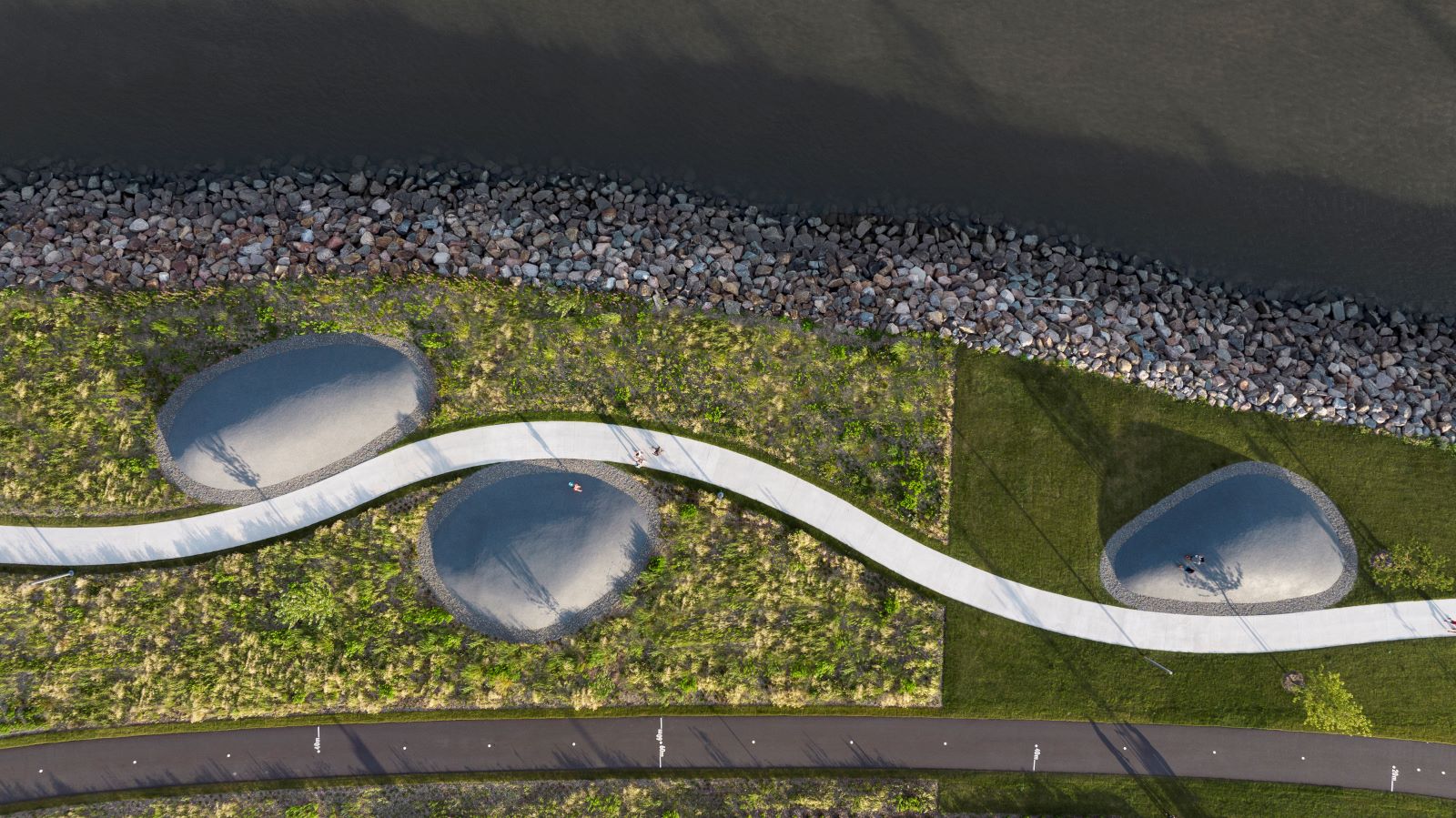
Quebec's Promenade Samuel-de Champlain has opened to the public, with the third and final phase of the project now completed, comprising some 2.5km of a waterside urban boulevard. The finished development is a new community space, ideal for bankside walks, beachside cafés, and recreational activities, carefully intertwining urban design with its surrounding context.
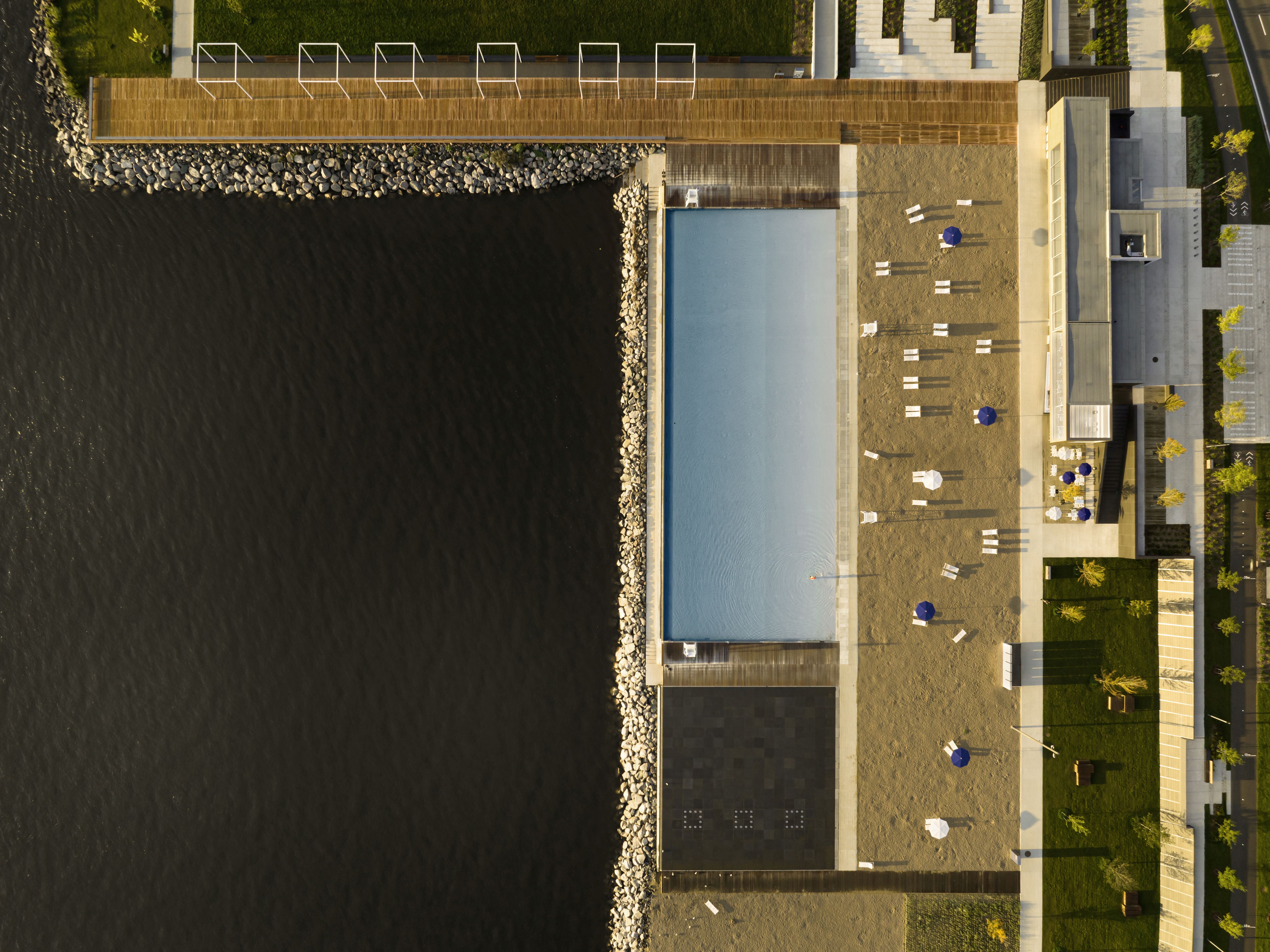
The beach sector, a recreational area within the project
Stroll along Promenade Samuel-de Champlain
Architecture studio Daoust Lestage Lizotte Stecke wrapped up this final phase 15 years after its initial proposal from Commission de la Capitale Nationale du Québec. The area, set in the heart of the Canadian city, along the St Laurence River, previously consisted of neglected highways and rail corridors, which felt unwelcoming and unloved. The goal was to return the river to the local community.
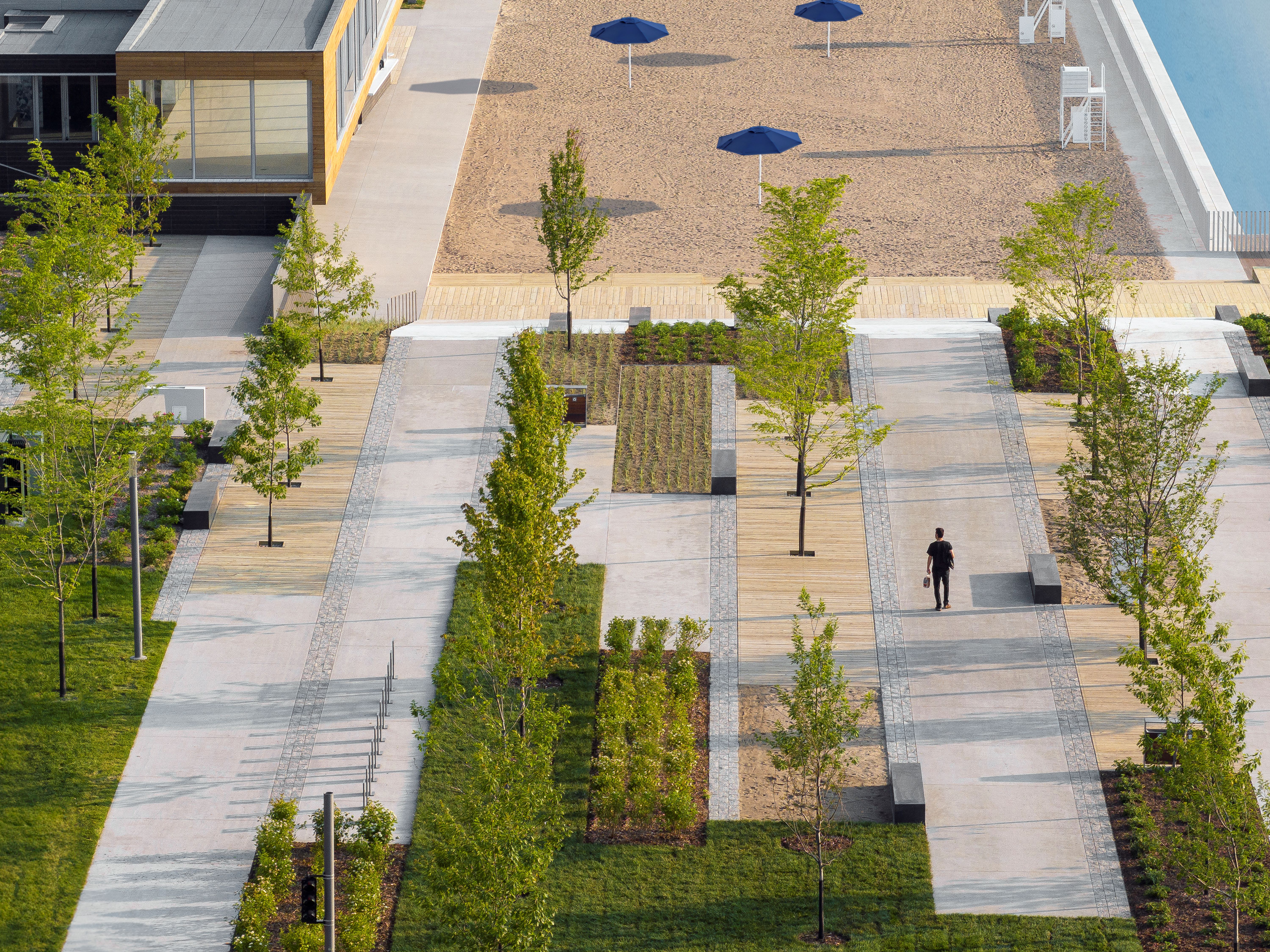
Beach sector
The architecture studio drew inspiration from this important body of water for the region, following the curvature of its meanders through the city. Balancing architecture and landscape design, Promenade Samuel-de Champlain is set to become a significant local cultural landmark.

Beach sector
Firstly, the transformation of the highway section running through the site and the relocation of the local railway tracks unlocked some 150,000 sq m of land, which could be used as a recreational space. Then, drawing from the area’s rich history in the timber trade, the studio drew on the architecture of early 19th-century industrialists, creating a modern, minimalist architecture language with a nod to local heritage. This encompasses the significant use of wood, mimicking dock-like shapes which defined this shoreline in the past.
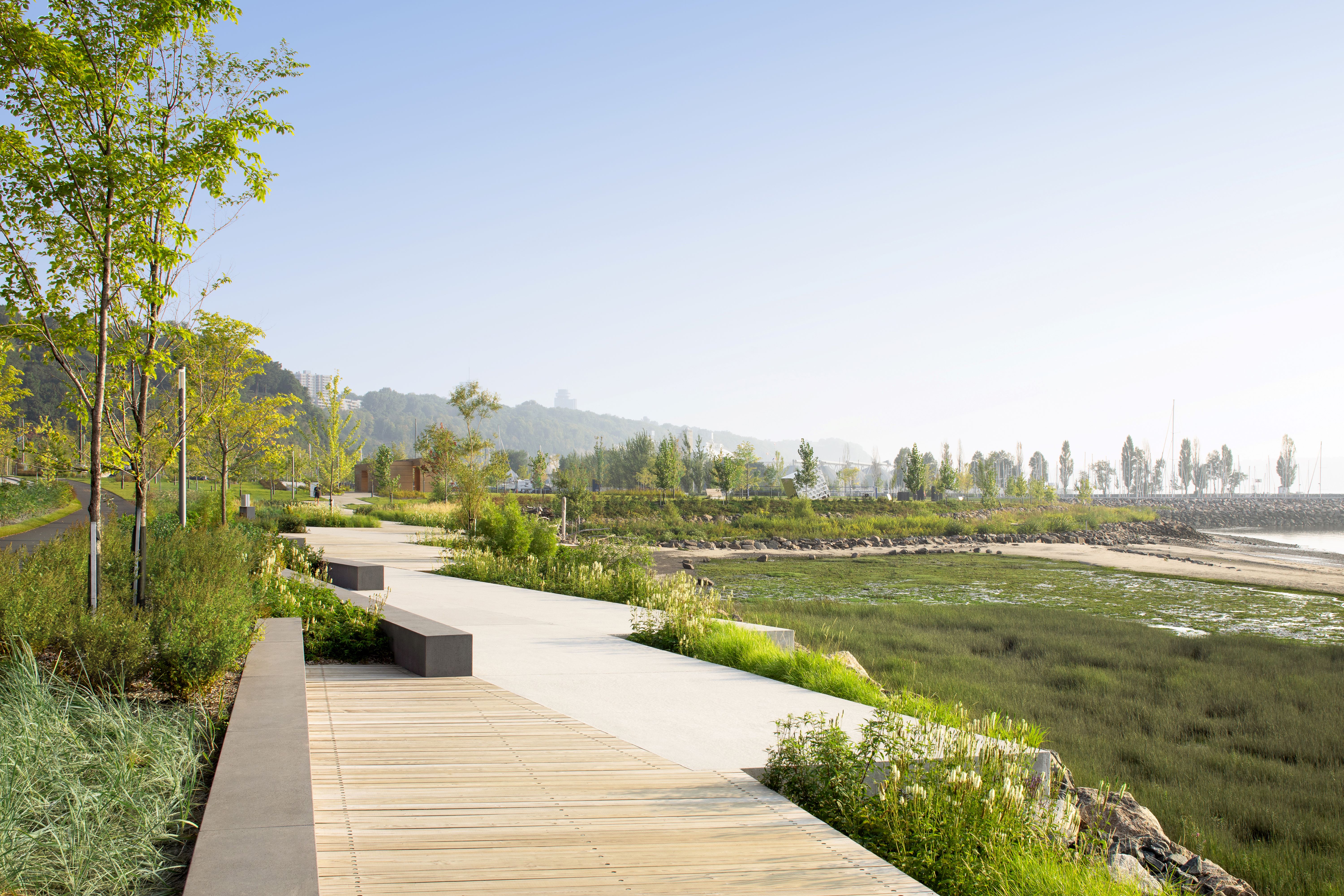
An existing marsh ecosystem has been consolidated
Pavillon des Baigneurs is the site's central service building, featuring two main, rectangular volumes. Constructed of granite and wood, the structure's elongated form offers panoramic views of the river, naturally inviting the outdoors in. The beach is open to all and encourages the community to engage with nature. It is surrounded by a sea lyme grass plant bed and a nearby, publically accessible snack bar.
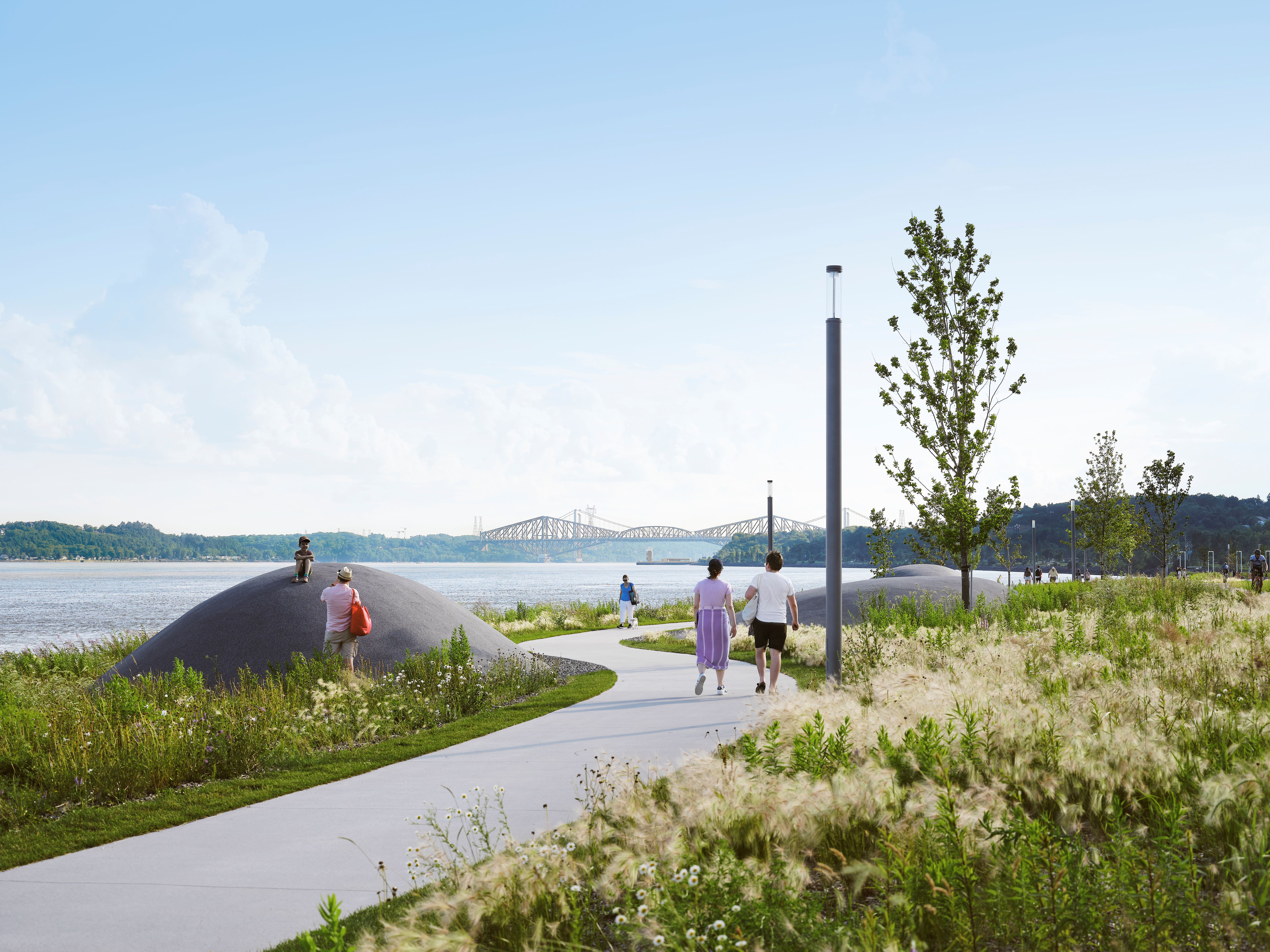
The path includes an area of coastal meadow landscaping
The promenade offers a variety of experiences, with a series of gardens replicating a coastal landscape; a dockside trail carving into a marshland; and the contemporary Pavilion de la Voile building offering sports facilities, picnic platforms, and access to the riverbank.
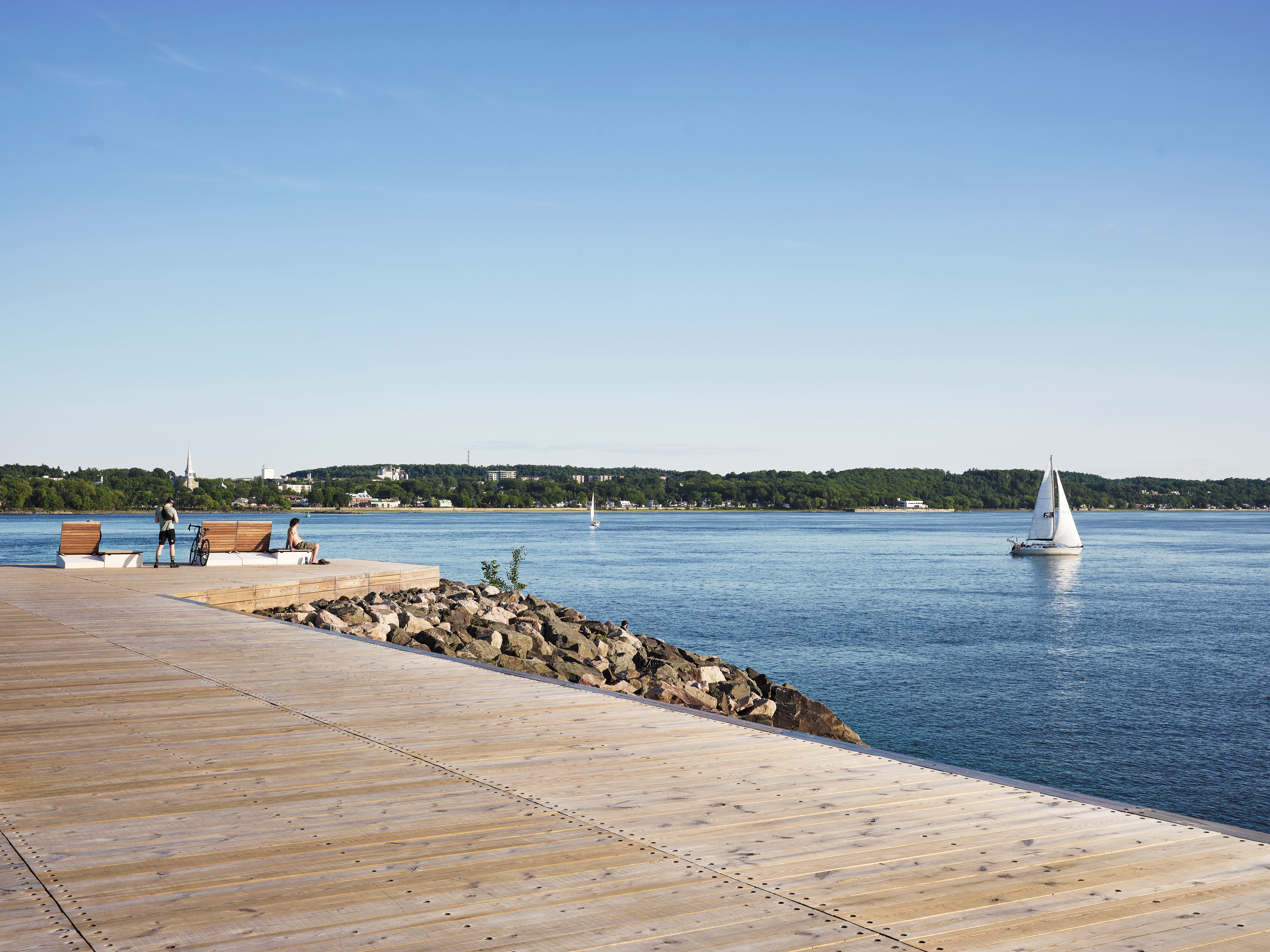
Revitalisation of Quai Frontenac
The architects made sure to weave in sustainable architecture elements within their planning, restoring previously neglected biodiversity. This was key to the scheme –highlighting the project's aim to become a meaningful celebration of public health, nature and climate action.
Wallpaper* Newsletter
Receive our daily digest of inspiration, escapism and design stories from around the world direct to your inbox.
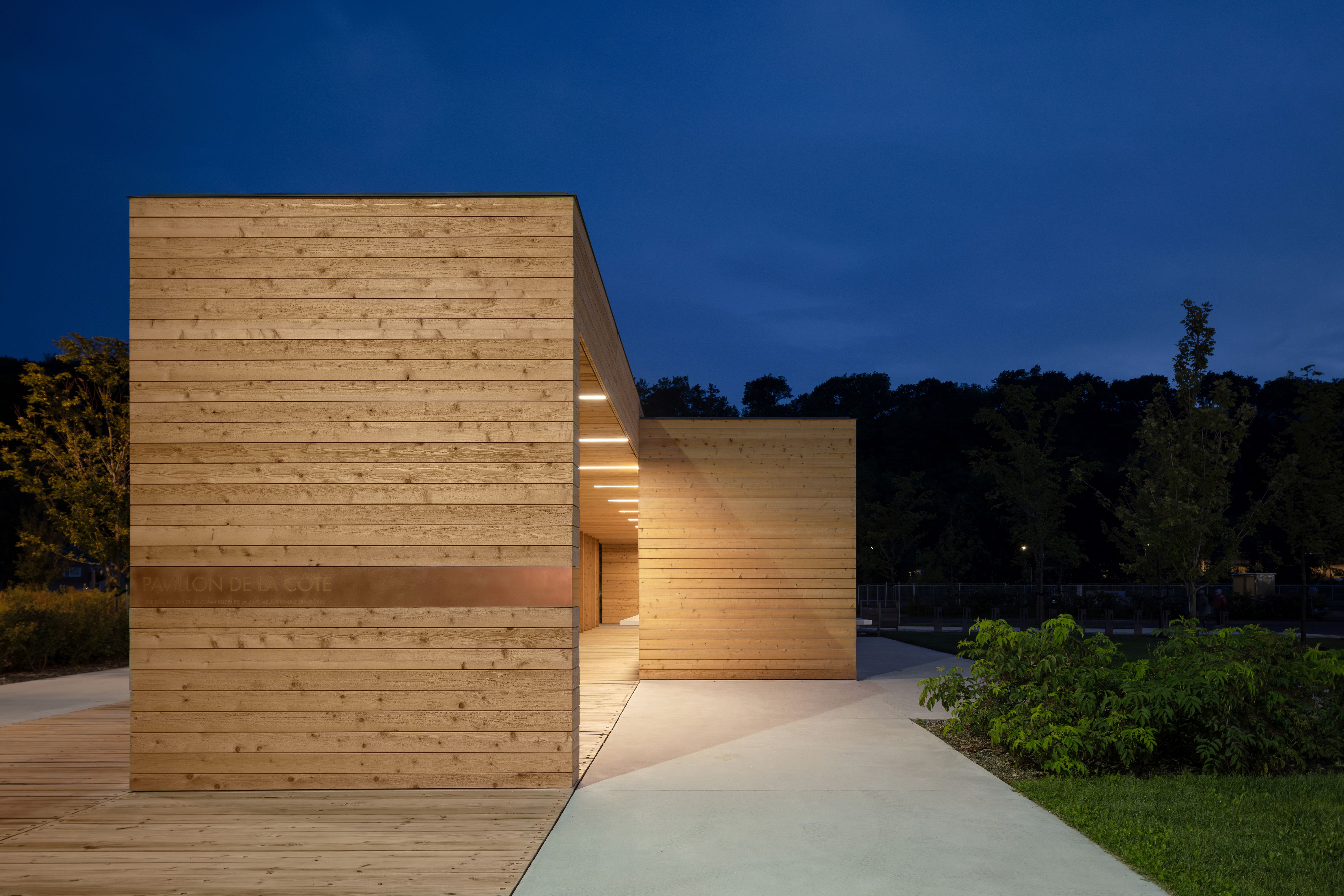
Pavillon de la Côte, a sheltered stop
Tianna Williams is Wallpaper*s staff writer. Before joining the team in 2023, she contributed to BBC Wales, SurfGirl Magazine, Parisian Vibe, The Rakish Gent, and Country Life, with work spanning from social media content creation to editorial. When she isn’t writing extensively across varying content pillars ranging from design, and architecture to travel, and art, she also helps put together the daily newsletter. She enjoys speaking to emerging artists, designers, and architects, writing about gorgeously designed houses and restaurants, and day-dreaming about her next travel destination.
-
 Marylebone restaurant Nina turns up the volume on Italian dining
Marylebone restaurant Nina turns up the volume on Italian diningAt Nina, don’t expect a view of the Amalfi Coast. Do expect pasta, leopard print and industrial chic
By Sofia de la Cruz
-
 Tour the wonderful homes of ‘Casa Mexicana’, an ode to residential architecture in Mexico
Tour the wonderful homes of ‘Casa Mexicana’, an ode to residential architecture in Mexico‘Casa Mexicana’ is a new book celebrating the country’s residential architecture, highlighting its influence across the world
By Ellie Stathaki
-
 Jonathan Anderson is heading to Dior Men
Jonathan Anderson is heading to Dior MenAfter months of speculation, it has been confirmed this morning that Jonathan Anderson, who left Loewe earlier this year, is the successor to Kim Jones at Dior Men
By Jack Moss
-
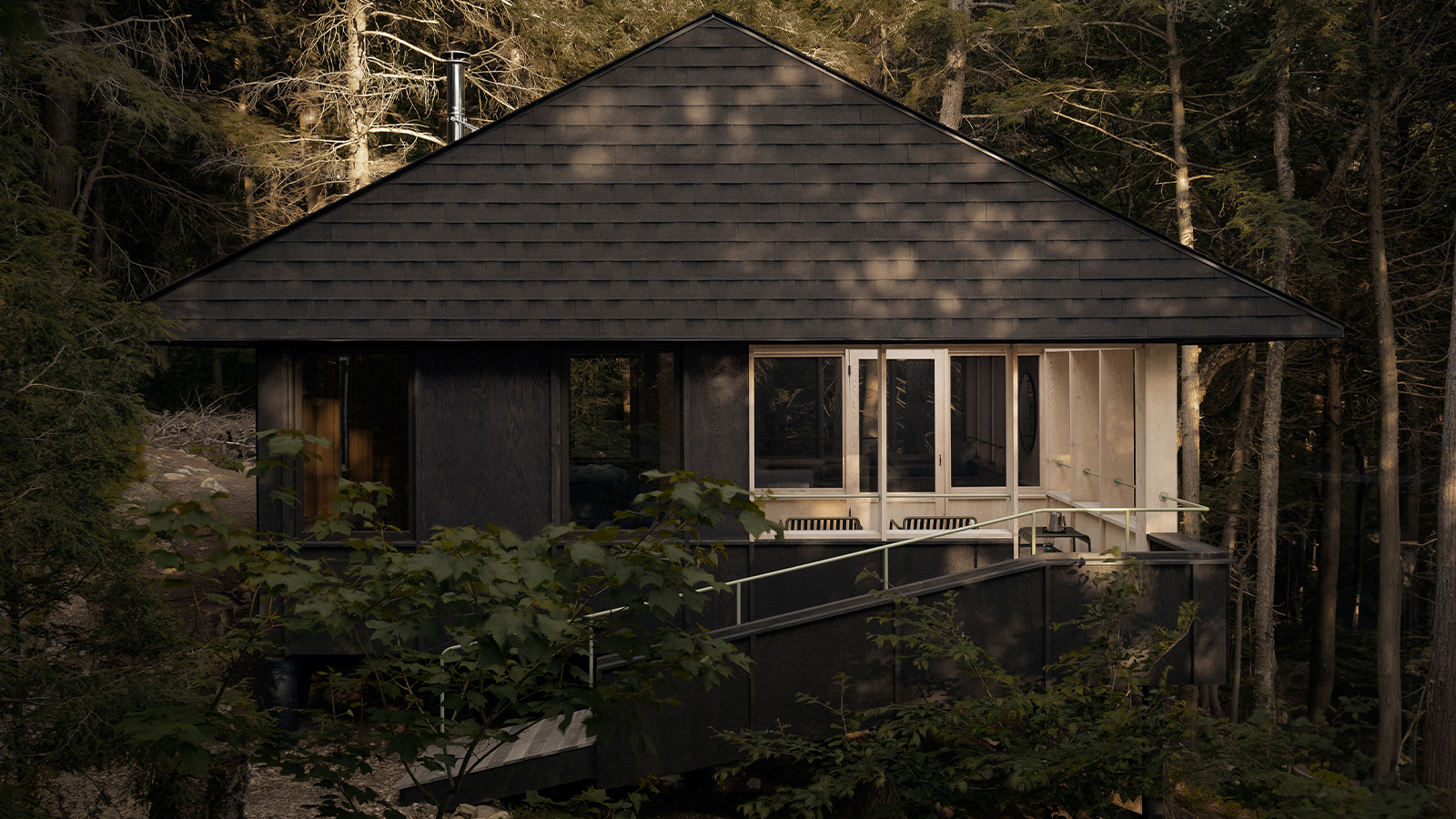 Smoke Lake Cabin is an off-grid hideaway only accessible by boat
Smoke Lake Cabin is an off-grid hideaway only accessible by boatThis Canadian cabin is a modular and de-mountable residence, designed by Anya Moryoussef Architect (AMA) and nestled within Algonquin Provincial Park in Ontario
By Tianna Williams
-
 Ten contemporary homes that are pushing the boundaries of architecture
Ten contemporary homes that are pushing the boundaries of architectureA new book detailing 59 visually intriguing and technologically impressive contemporary houses shines a light on how architecture is evolving
By Anna Solomon
-
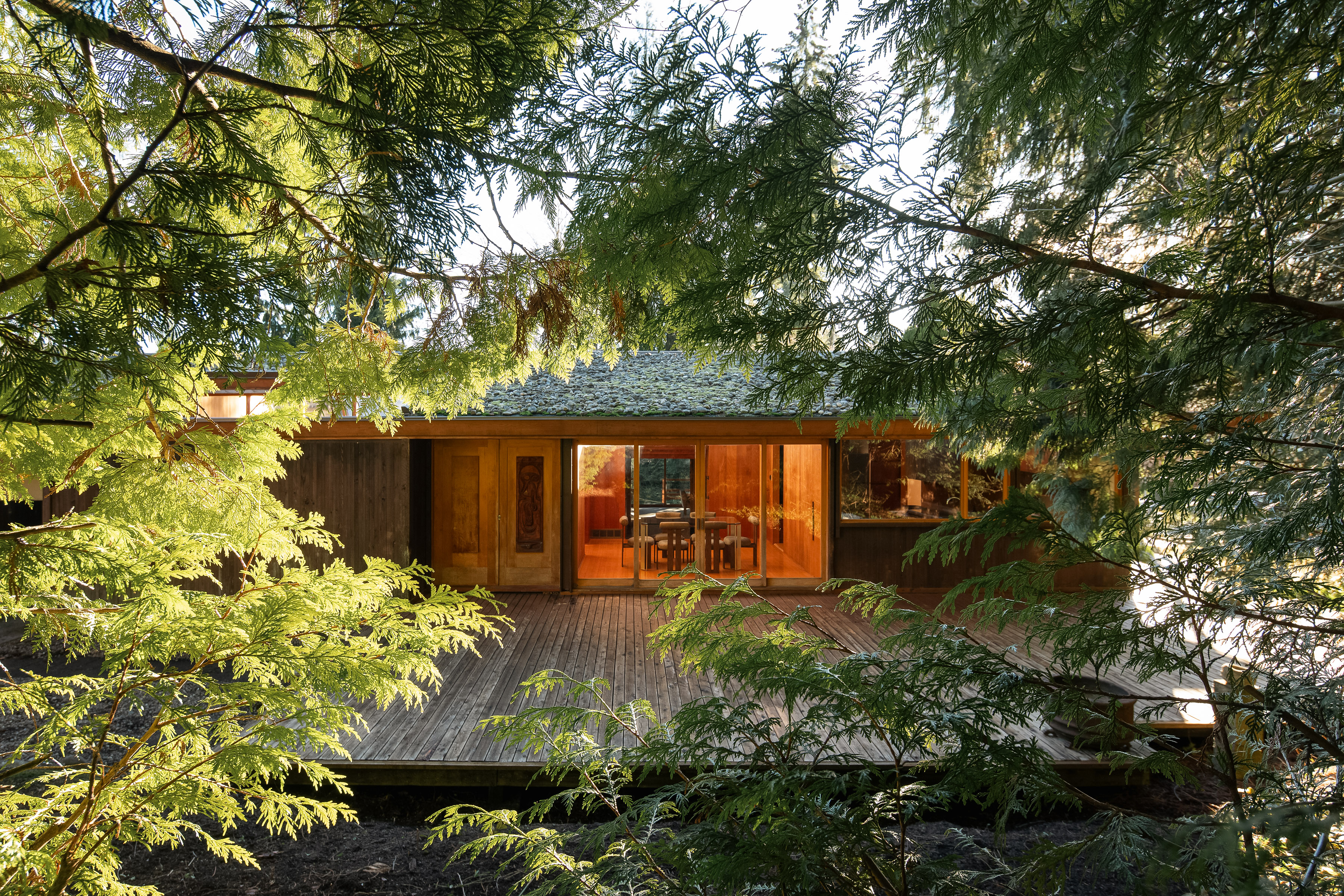 Explore the Perry Estate, a lesser-known Arthur Erickson project in Canada
Explore the Perry Estate, a lesser-known Arthur Erickson project in CanadaThe Perry estate – a residence and studio built for sculptor Frank Perry and often visited by his friend Bill Reid – is now on the market in North Vancouver
By Hadani Ditmars
-
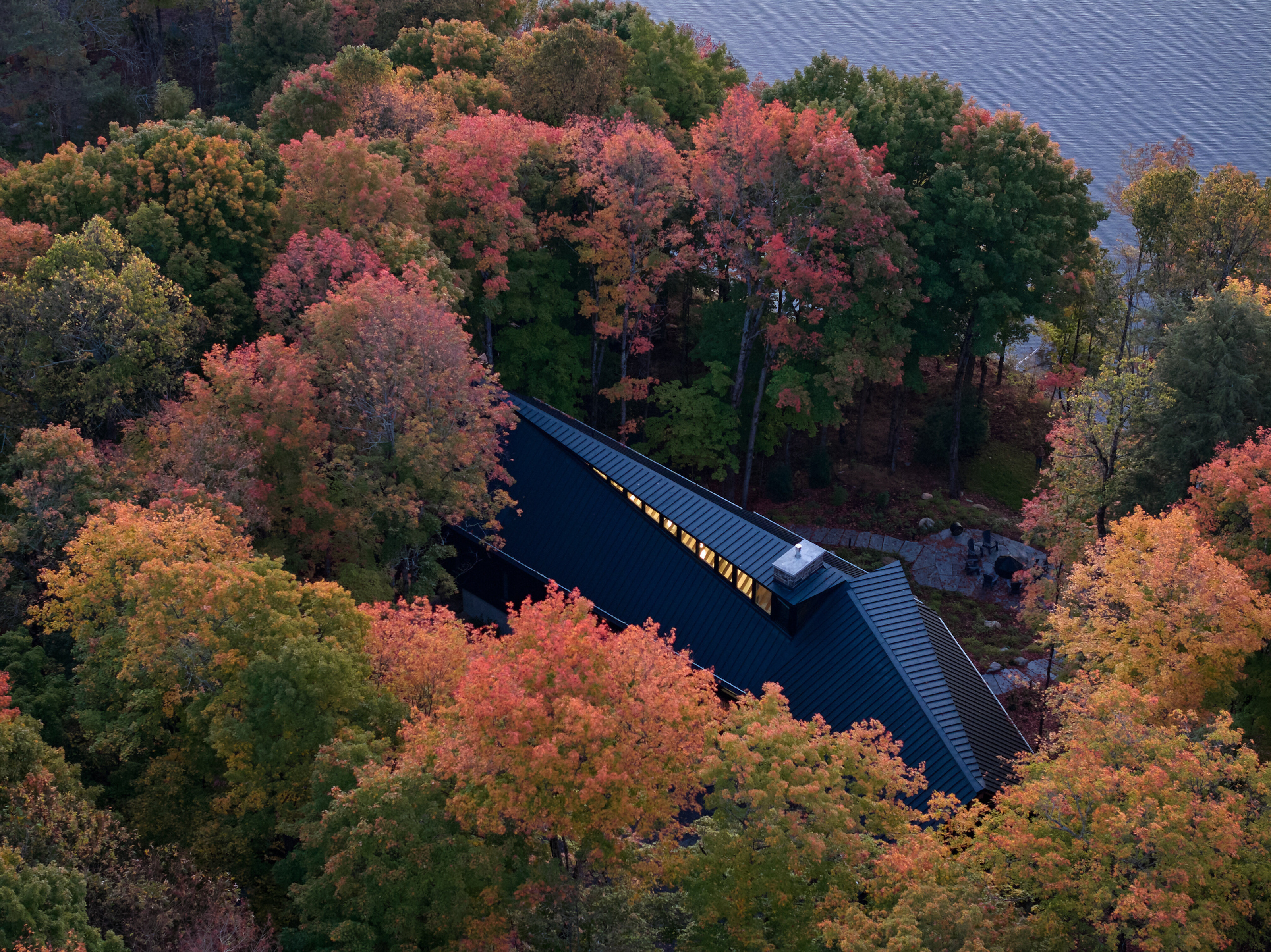 A new lakeshore cottage in Ontario is a spectacular retreat set beneath angled zinc roofs
A new lakeshore cottage in Ontario is a spectacular retreat set beneath angled zinc roofsFamily Cottage by Vokac Taylor mixes spatial gymnastics with respect for its rocky, forested waterside site
By Jonathan Bell
-
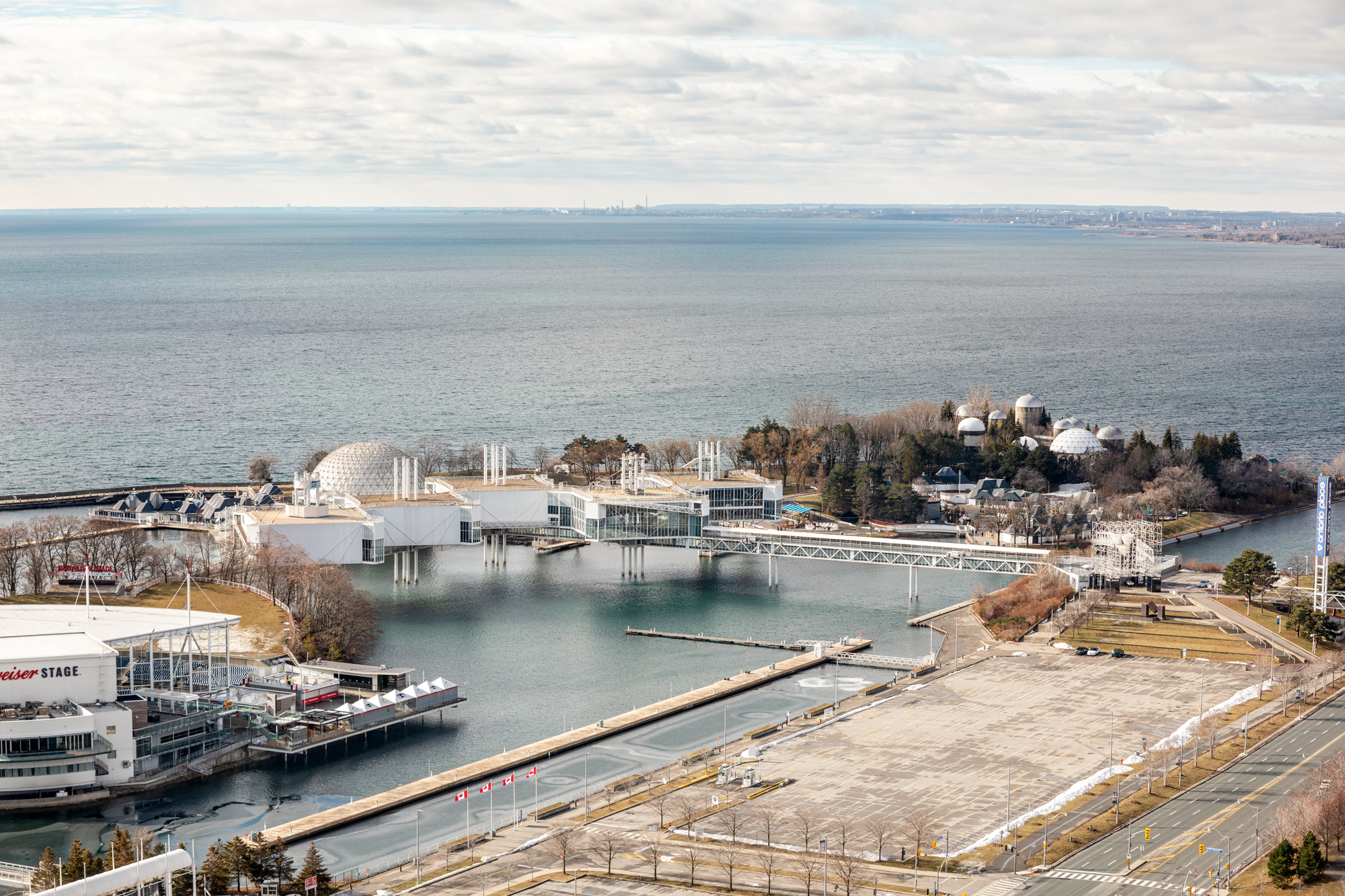 We zoom in on Ontario Place, Toronto’s lake-defying 1971 modernist showpiece
We zoom in on Ontario Place, Toronto’s lake-defying 1971 modernist showpieceWe look back at Ontario Place, Toronto’s striking 1971 showpiece and modernist marvel with an uncertain future
By Dave LeBlanc
-
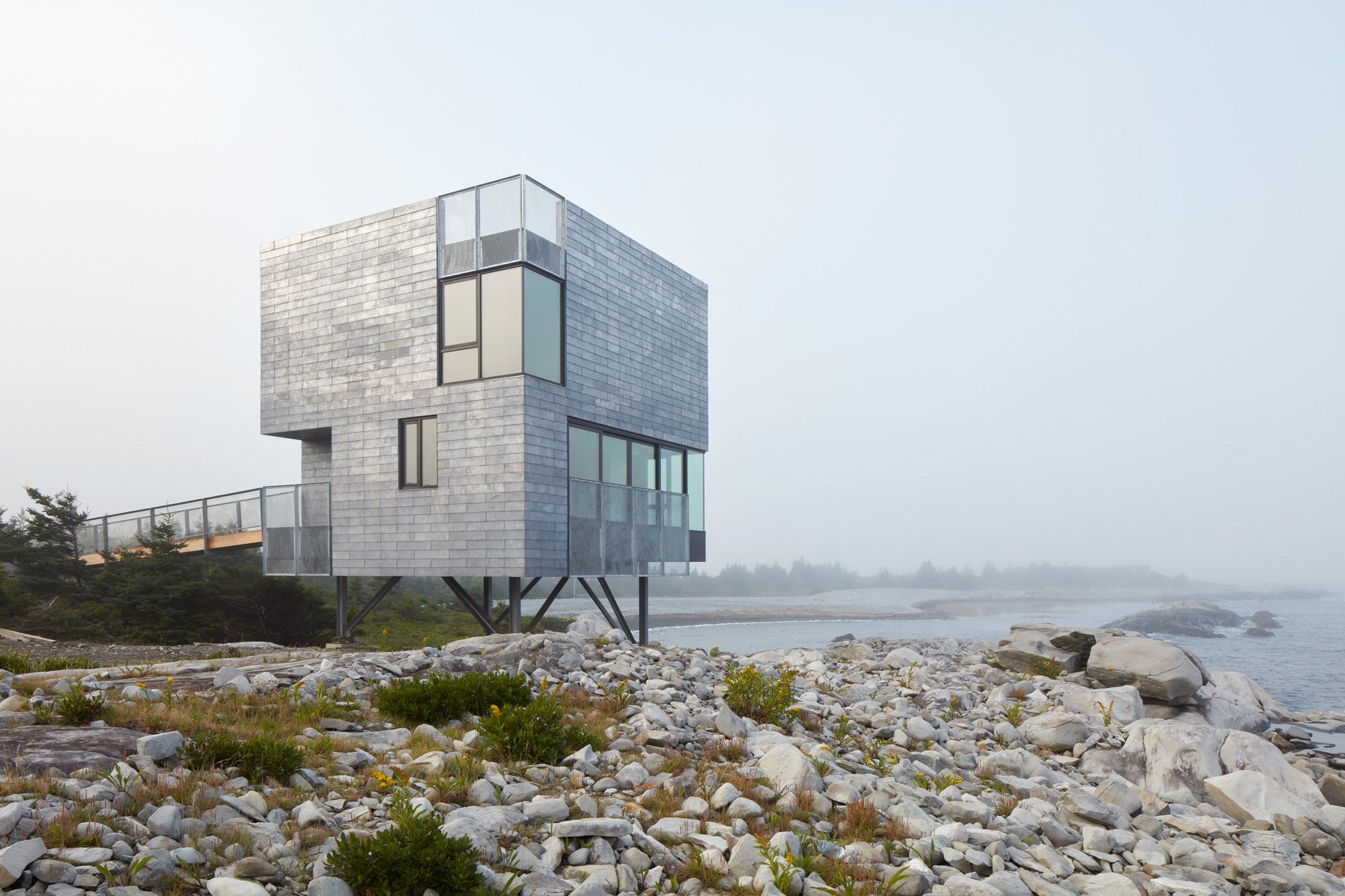 This Canadian guest house is ‘silent but with more to say’
This Canadian guest house is ‘silent but with more to say’El Aleph is a new Canadian guest house by MacKay-Lyons Sweatapple, designed for seclusion and connection with nature, and a Wallpaper* Design Awards 2025 winner
By Ellie Stathaki
-
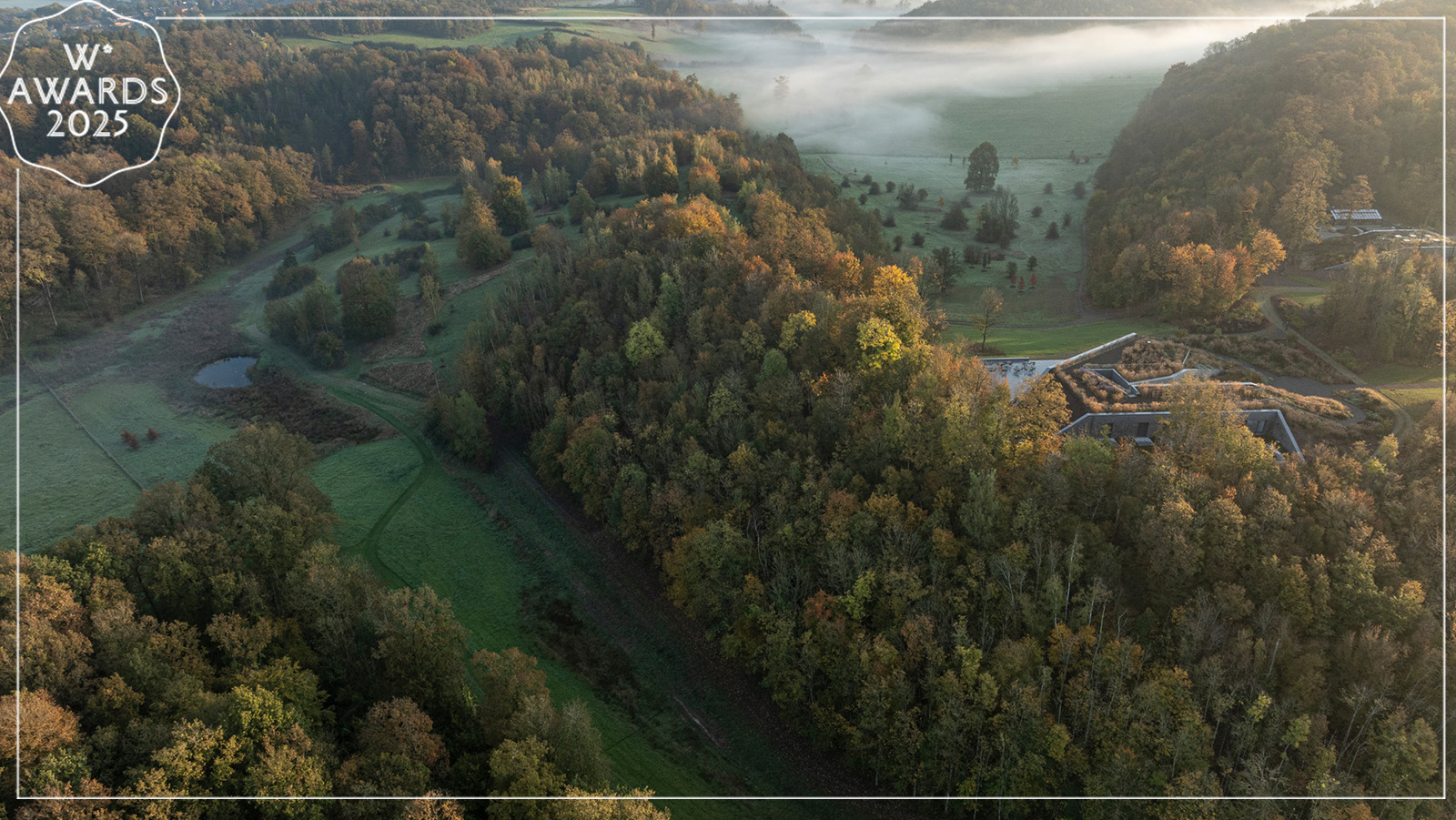 Wallpaper* Design Awards 2025: celebrating architectural projects that restore, rebalance and renew
Wallpaper* Design Awards 2025: celebrating architectural projects that restore, rebalance and renewAs we welcome 2025, the Wallpaper* Architecture Awards look back, and to the future, on how our attitudes change; and celebrate how nature, wellbeing and sustainability take centre stage
By Ellie Stathaki
-
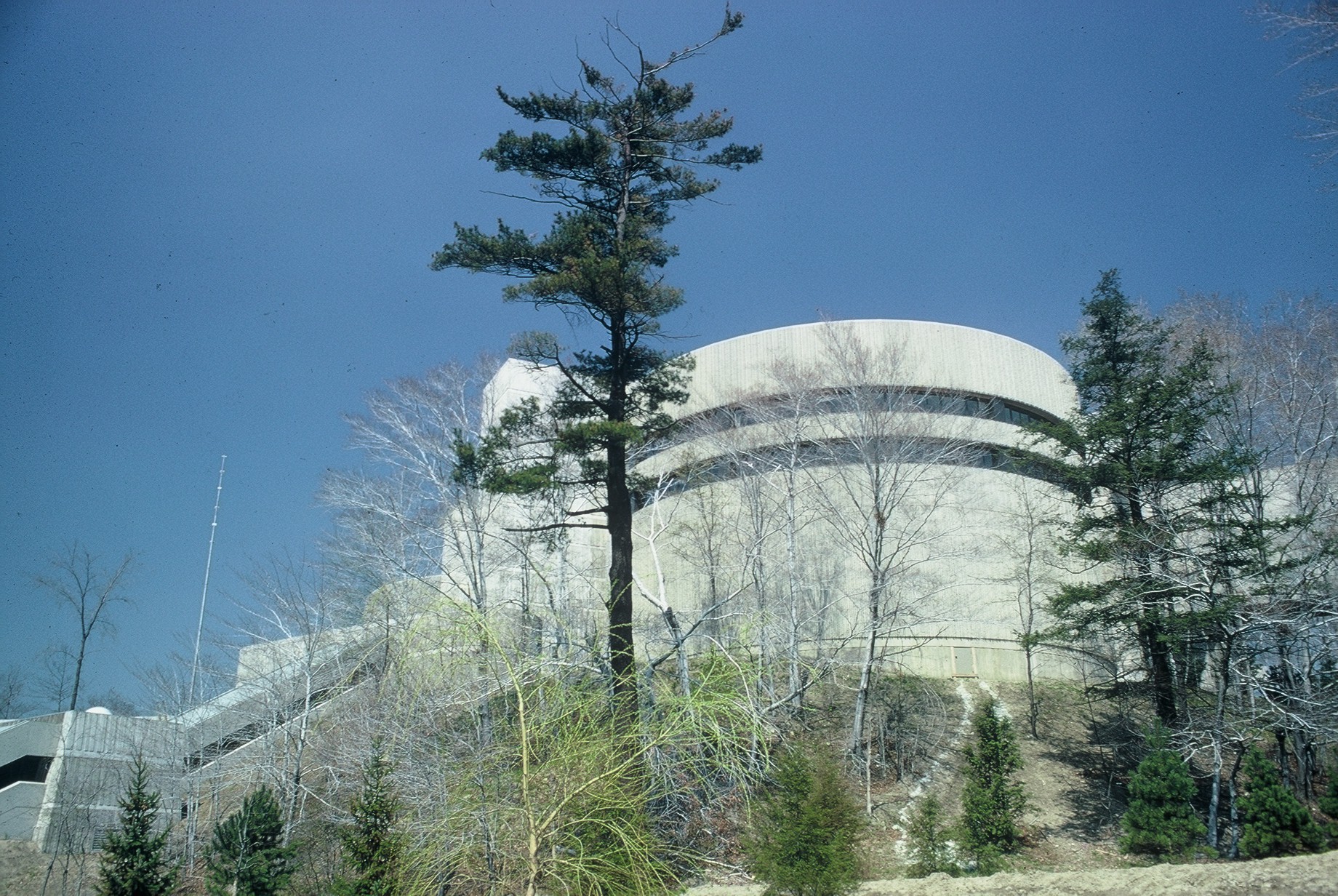 The case of the Ontario Science Centre: a 20th-century architecture classic facing an uncertain future
The case of the Ontario Science Centre: a 20th-century architecture classic facing an uncertain futureThe Ontario Science Centre by Raymond Moriyama is in danger; we look at the legacy and predicament of this 20th-century Toronto gem
By Dave LeBlanc